Only a few years ago, micro four thirds seemed to be headed in a predictable and unexciting direction, so much so that many started to doubt it would survive for long. Surely, we’re far from the years when there was a new OM-D, Pen or Lumix camera every few months, but the beginning of 2022 seems to brighten the future of the system.
OM System (formerly Olympus) has announced a new flagship, the OM-1, and Panasonic has unveiled the full specifications of the much awaited GH6. They both have brand new sensors and a lot of improvements. Let’s see how they compare.
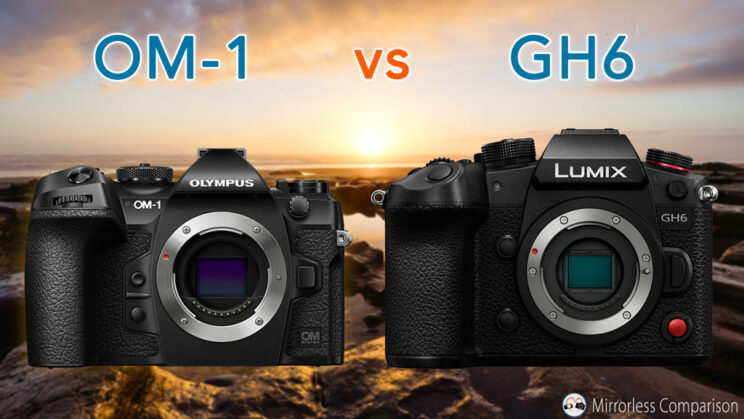
Ethics statement: The following is based on official specifications. We were not asked to write anything about these products, nor were we provided with any sort of compensation. Within the article, there are affiliate links. If you buy something after clicking the link, we will receive a small commission. To know more about our ethics, you can visit our full disclosure page. Thank you!
1. Sensor
Both cameras introduce a completely new sensor.
Panasonic chose a 25.2MP chip to increase the maximum resolution available for video. It comes without the low-pass filter and has a faster readout than previous iterations. The image processor has also been improved and is twice as fast as the Lumix S1H full frame camera.
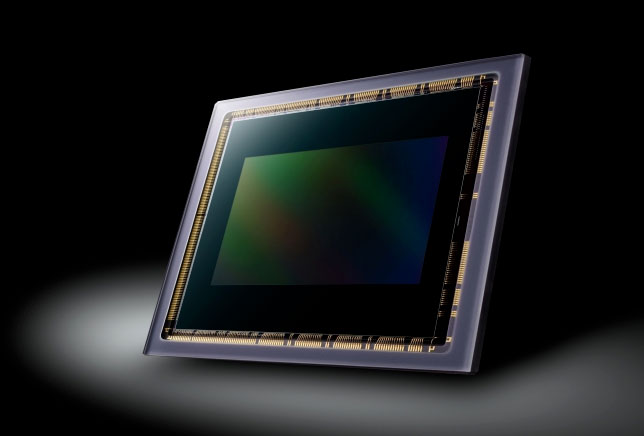
The OM-1 features a 20.4MP sensor, which means that the resolution hasn’t changed in comparison to previous models, but the design is completely different: it has a stacked BSI design, as well as a Quad Pixel Bayer pattern to improve the autofocus performance (more on this further down).
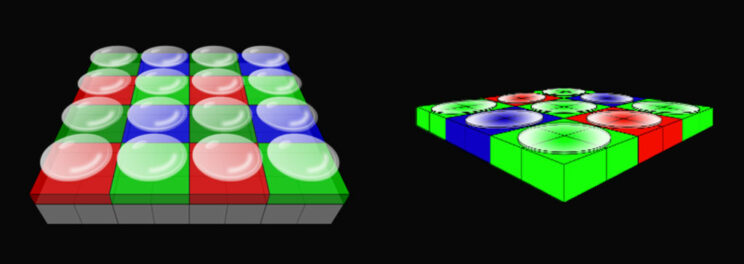
Concerning the ISO sensitivity, the GH6 maintains a similar range of 100 to 25600, but the 100 level is now native rather than extended. The OM-1 offers a vaster range that goes up to 102400. Note that in video mode, the range is reduced on both cameras.
| ISO | GH6 | OM-1 |
|---|---|---|
| Normal range | 100-25,600 | 200-25,600 |
| Extended range | 50-25,600 | 80-102,400 |
| Video | 50-12,800 | 200-12,800 |
What is interesting on the Panasonic is that the sensor works with a dual output gain. This technology is not unheard of (Canon uses it on its cinema cameras). But what is it exactly?
Let’s start by talking about another Lumix camera, the GH5S, that has two native ISOs: 400 and 2500. When you take pictures at values higher than 2500, the camera amplifies the gain (higher voltage to the sensor) from the second native ISO, rather than the first, which results in less noise because the amplification is lower.
The difference is that the GH6 uses both native ISO circuits at the same time on each pixel to improve details in the shadows and highlights, and it does so for still photos as well as video.
In photo mode, the dual output gain functions from ISO 800 (you don’t need to activate any setting). In video mode, you have to activate an option named Dynamic Range Boost.
2. Autofocus
The two companies use very different technology when to comes to autofocus.
Panasonic continues to insist on its DfD (Depth from Defocus) system, which is based on contrast detection. It works with a maximum of 315 areas.
The OM-1 has 1053 cross-type points that cover the entire sensor. The system relies on phase detection, and the sensor has a quad pixel design which means that each pixel is composed of four photodiodes that can be read independently, allowing the camera to analyse the scene in four directions. It can also use contrast detection with the same number of points.
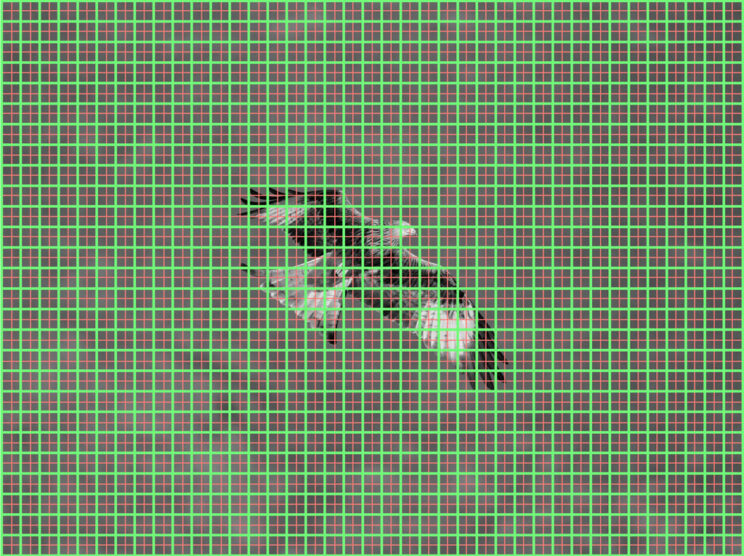
The GH6 has a minimum sensitivity in low light of -4Ev with a F2 lens. The OM-1 has a higher rating of -8Ev at f/1.2, which equals to -6.5Ev at f/2.
Both cameras are able to recognise and track various types of subjects automatically, including faces, eyes and animals. The GH6 can also track the entire body of a person, whereas the OM-1 is limited to dogs, cats and birds when it comes to non-human subjects. Additionally, the OM camera can detect racing cars, bikes, planes, helicopters and trains.
3. Shutter and Drive Speed
Both cameras feature a mechanical shutter, electronic-first shutter mode and a full electronic shutter. The latter allows the shutter speed to go up to a maximum of 1/32,000s, as well as increase the continuous shooting speed.
The OM-1 can shoot up to 50fps with C-AF, or 120fps with AF locked on the first frame. These crazy speeds are available with RAW and at full resolution.
The GH6 can go up to 14fps, but the speed drops to 8fps if you want continuous autofocus (7fps when using the electronic shutter). Then we have a Super High speed mode that works in S-AF only, but with the burst going up to 75fps.
| Shutter | GH6 | OM-1 |
|---|---|---|
| Mechanical | 8fps (C-AF) 14fps (S-AF) | 10fps (C-AF) |
| Electronic | 7fps (C-AF) 14/20/60/75fps (S-AF) | 20fps (C-AF) 50fps (C-AF) 120fps (S-AF) |

On the OM-1, all the speeds with the electronic shutter are also available in another mode called Pro Capture, which allows you to save images before the shutter button is fully pressed. The GH6 doesn’t have such capabilities, not even via the 4K/6K Photo mode that has been removed from the camera.
Keep in mind that only Olympus/OM micro four thirds lenses work with Pro Capture in C-AF mode. Additionally, the speed of 50fps (with C-AF) on the OM-1 works with a restricted selection of Olympus lenses.
Finally, concerning the buffer capabilities, the OM-1 has the advantage at the slower speeds. However, the GH6 does better with the Super High burst mode, surprisingly.
| Burst | GH6 | OM-1 |
|---|---|---|
| 10fps | – | 139 RAW 169 JPG LF |
| 14fps | 65 RAW 95 JPG | – |
| 20fps | 200 RAW / JPG | 108 RAW 116 JPG LF |
| 50fps | – | 96 RAW 97 JPG LF |
| 60fps | 200 RAW / JPG | – |
| 75fps | 200 RAW / JPG | – |
| 120fps | – | 92 RAW 92 JPG LF |
4. Video
If the OM-1 has the edge when it comes to shooting speeds, the GH6 is on another planet with its video capabilities.
Both cameras can record 4K 60p without sensor crop and for an unlimited time (up to the card / battery capacity), but the Lumix offers much more in terms of resolution (5.7K), frame rate (4K 120p), bit depth and codecs (including ProRes). It also has two anamorphic modes.
| GH6 | OM-1 | |
|---|---|---|
| 5.7K | up to 60p | – |
| Anamorphic | 5.8K 30p 4.4K 60p | – |
| 4K / DCI | up to 120p | up to 60p |
| 10-bit 4:2:2* | up to 4K 60p | up to 4K 60p |
| 10-bit 4:2:0 | up to 4K 120p 6K anam. | – |
| Bitrate (max.)* | 800Mbps (ALL-I) 1900Mbps (Prores) | 202Mbps (LongGOP) |
| Codecs | H.264 H.265 Prores 422 Prores 422 HQ | H.264 H.265 |
| 12-bit RAW (HDMI) | Yes* | Yes |
| ISO for Video | 100 12800 | 200 25600 |
| High Speed Recording (1080p) | 300fps | 240fps |
| Rec. limitation | None | None |
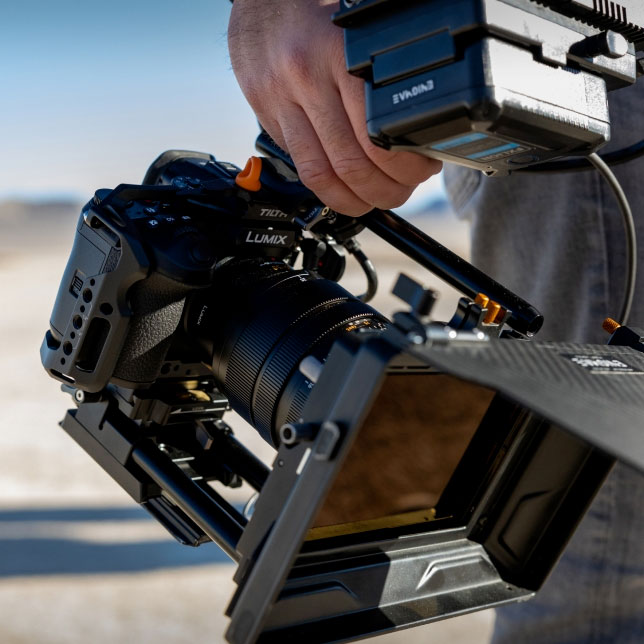
Both cameras include Log profiles (V-Log for the GH6, OM-Log400 for the OM-1) as well as HDR profiles (Hybrid Log Gamma).
The GH6 also features a Dynamic Range Boost mode, which takes advantage of the sensor’s dual gain output to increase DR by 1 stop (13Ev instead of 12Ev). Note that when this setting is enabled, the minimum ISO is 800, or 2000 with V-Log.
Last but not least, the GH6 can record audio with 4 channels when using the optional DMW-XLR1 adapter (up to 96kHz).
5. Image Stabilisation
Both cameras feature 5-axis image stabilisation and the sensor shift can also work in conjunction with optical stabilisation (Sync IS for OM, Dual IS for Lumix).
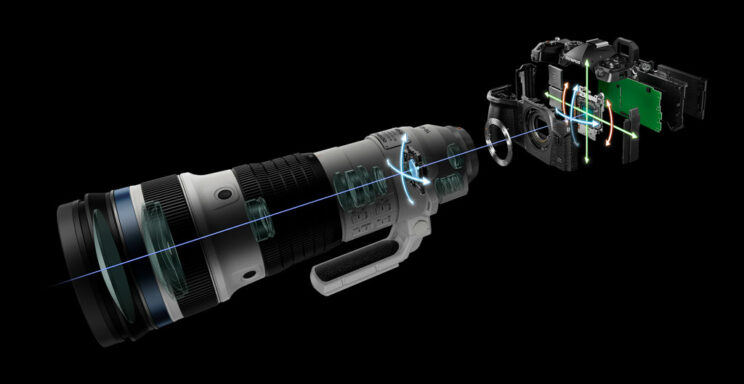
The GH6 has a rating of 7.5 stops of compensation, which is slightly lower than that of the OM-1 (8 stops).
Additionally, the two products can use the technology to produce a high resolution shot. The sensor is moved by half a pixel in between frames, and the total number of images captured are computed into a final file. The GH6 can produce 100MP, whereas the OM-1 can produce 80MP.
What’s more, this function can work hand-held (a first for Panasonic). The OM version outputs 50MP, whereas the GH6 maintains the same amount (100MP). What’s more Panasonic uses its motion correction processing to eliminate artefacts when elements are moving inside the frame.
6. Design
The GH6 is larger and heavier than the OM-1. The main reason is the presence of a cooling fan on the Lumix model to allow the camera to record for an unlimited time without encountering overheating problems.
- GH6: 138.4 x 100.3 x 99.6mm, 823g
- OM-1: 134.8 x 91.6 x 72.7mm, 599g
Both cameras are weather sealed, but the OM-1 has an IP53 rating.
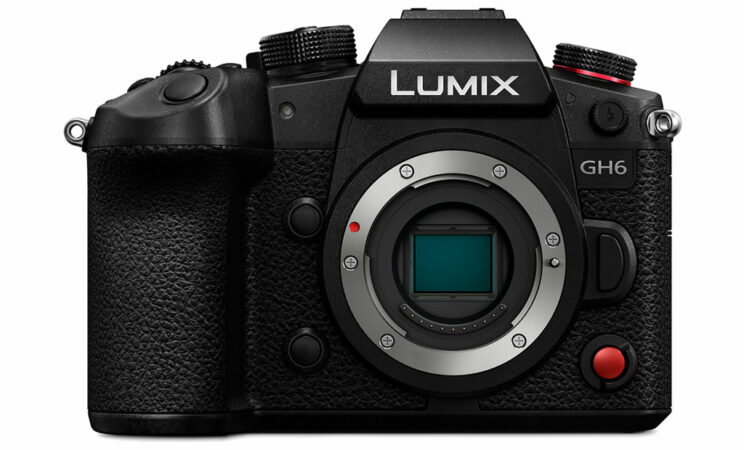
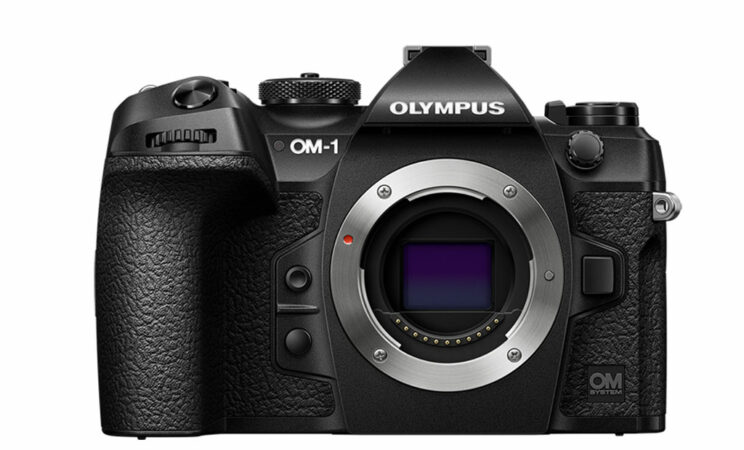
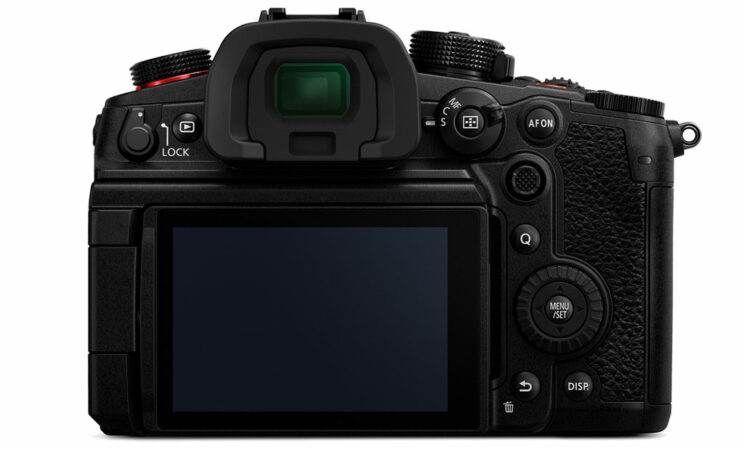
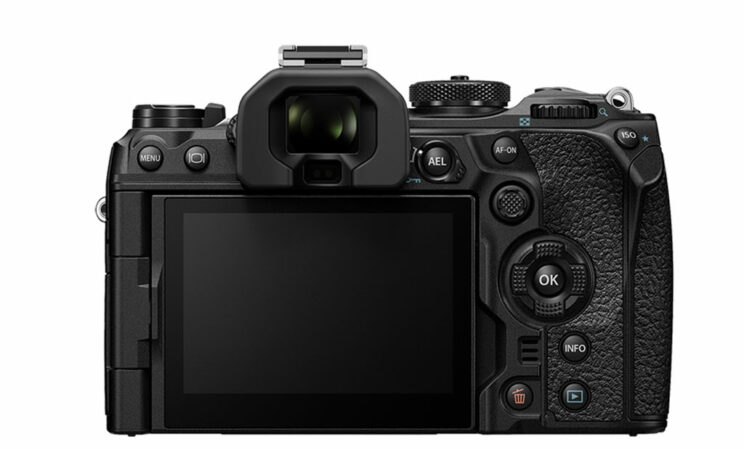
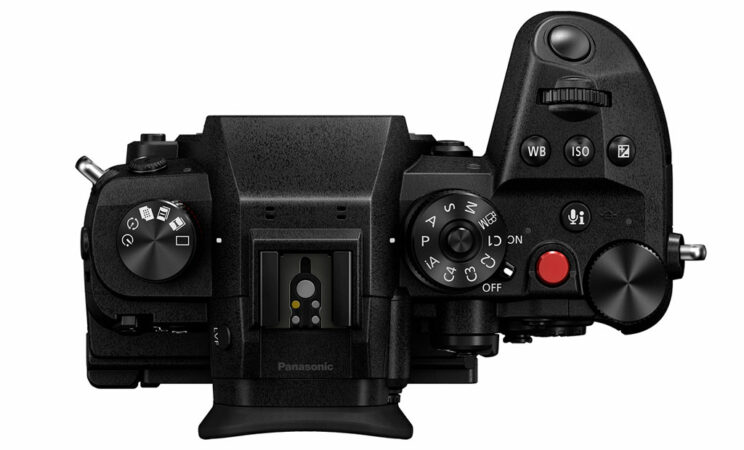
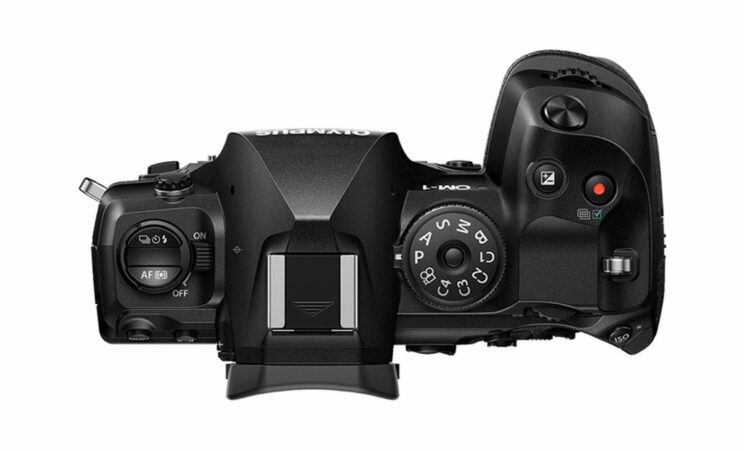
The button layout is different in many ways. For example the GH6 has two red video buttons, and a lock switch on the rear.
Concerning the physical connections, the GH6 has a full-sized HDMI port versus the smaller Type D port found on the OM-1.
They both have audio in and out (3.5mm) and a USB Type C port (3.2 Gen2).
Then we have the memory cards: you’ll find two slots on each, but while the OM-1 uses two SD UHS-II cards, the GH6 takes a CFexpress Type B card in the first slot. The CFexpress is required when recording video with a bitrate superior to 600Mbps.
Thanks to a yet-to-be released firmware update, the GH6 will also be able to record video to an external SSD via USB.
7. Viewfinder and Monitor
The OM-1 has a larger viewfinder with better magnification (0.83x vs 0.76x) and more resolution (5.76M vs 3.68M dots).
The eyepoint (21mm) and refresh rate (120fps) are the same.
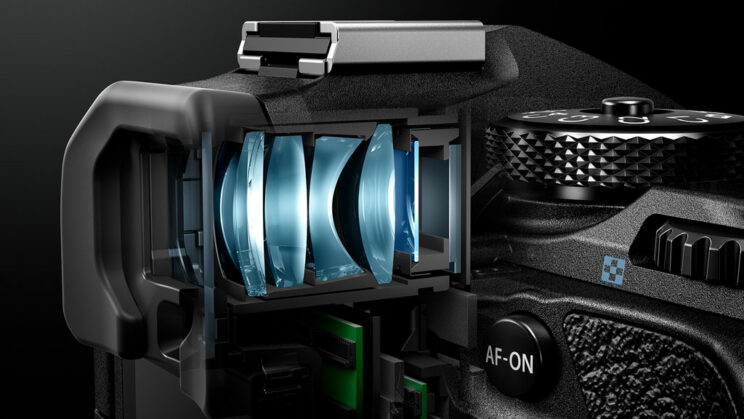
Then we have the rear LCD screen. Both feature a multi-angle mechanism, although the one on the Lumix can also be pulled up slightly (about 30˚) to make sure the monitor doesn’t interfere with the cables attached to the side.
The size and resolution of the monitor is slightly higher on the GH6 (3.2-in vs 3.0-in, 1.84M vs 1.62M dots).
8. Extra Features
The OM-1 is packed with extra features.
One of the most interesting is Live ND, which allows you to create a long exposure effect without the need for physical filters, for a maximum of 6 stops equivalent.
There is also Live Composite to create light paintings that works hand-held for the first time.
Then we have Focus Stacking which works with a total of 15 images.
Lumix cameras are usually equal to Olympus/OM cameras when it comes to extra functionalities, but in this case Panasonic has decided to remove certain features from the GH6 such as 4K/6K Photo and Focus Stacking. Not sure why to be honest, unless they want to reserve this features for a more photo-oriented camera (G9 II perhaps?).
9. Battery Life
The battery on the OM-1 gives the camera a CIPA rating of 520 images per charge.
The GH6 has a lower score of 360 images.
There is an optional battery grip for the OM-1 (HDL-10), unlike the GH6.
Both cameras can be charged and powered over USB.
10. price
The OM-1 has a retail price of $2200, £2000 or €2200 for the body only.
The GH6 is similar, starting from $2200, £2000 or €2400.
Note: prices as of late February 2022.
Conclusion
Also available:
OM-1 vs E-M1 III
OM-1 vs E-M1X
GH6 vs GH5 II vs GH5S
The difference between the high-end OM-D (now OM) series and the GH series has always been very clear: the former aims more at photographers (with an increasing focus on wildlife), whereas the latter grabs the interest of filmmakers.
The OM-1 and the GH6 continue to follow this trend. Although the OM model boosts improved video capabilities over its predecessor, the GH6 has so much more to offer in terms of resolution, frame rates, formats and bitrates. For video-makers, the choice is easy in my opinion.
The GH6 also offers good performance for stills, and I’m curious to see how the two new sensors perform, as they will set the bar for what a micro four thirds camera can achieve in 2022.
The other important leap forward micro four thirds users want to see is autofocus, and here I think the OM-1 has the edge. The company seems to have put a lot of work into it, so much that it has even influenced the design of the sensor itself.
Panasonic continues with its DfD technology. It’s not as bad as it is often suggested on the web (I got better results with the G9 than the E-M1 II or E-M1 III, except for birds in flight), but the negative reputation it acquired concerning video performance might never end. I’m sure the GH6 has improved the performance because it has a faster sensor and processor, but can it overcome all the limitations we’ve previously seen? Judging from the first reviews, it looks like it doesn’t, although it is probably too early to deliver a final verdict about that.
Reminder: the links below are affiliate links. If you decided to buy something after clicking the link, we will receive a small commission.
Check price of the OM System OM-1 on
Amazon | B&H Photo
Check price of the Panasonic GH6 on
B&H Photo
